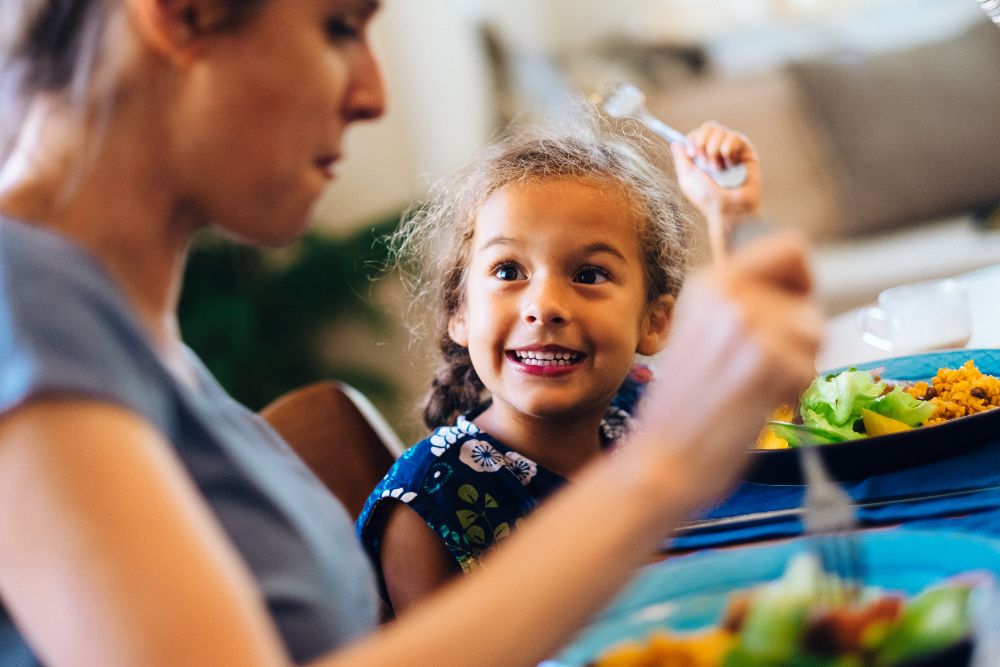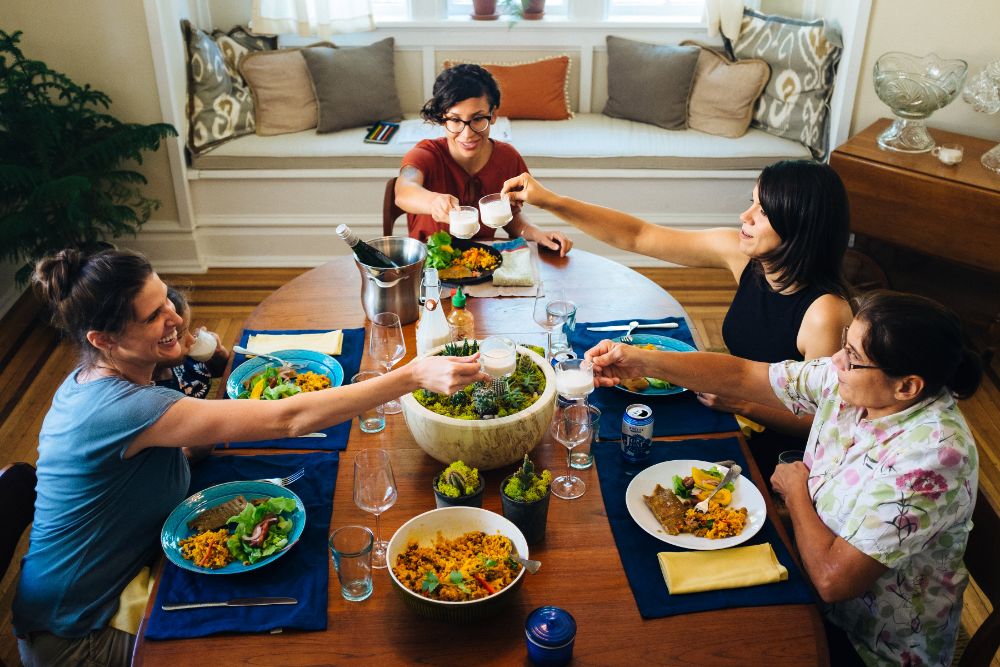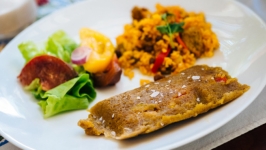Puerto Rican Nochebuena
In Puerto Rico, as in Spain and throughout Latin America, Christmas is the midpoint of a nearly month-long holiday season that begins in December and ends on January 6, when the Three Kings arrive on Día de los Reyes. Nightly parties, parades and caroling fill this balmy Caribbean island with an atmosphere of festivity, and the celebrations are accompanied by dinners shared with family, friends and neighbors.
Here in Northeast Florida, the biggest day of celebration for Libna Lopez and her daughter Leslie Rios Wilkins is the Nochebuena, or Christmas Eve, feast. The preparations begin in the days leading up to the holiday with family and friends gathering to make pasteles.
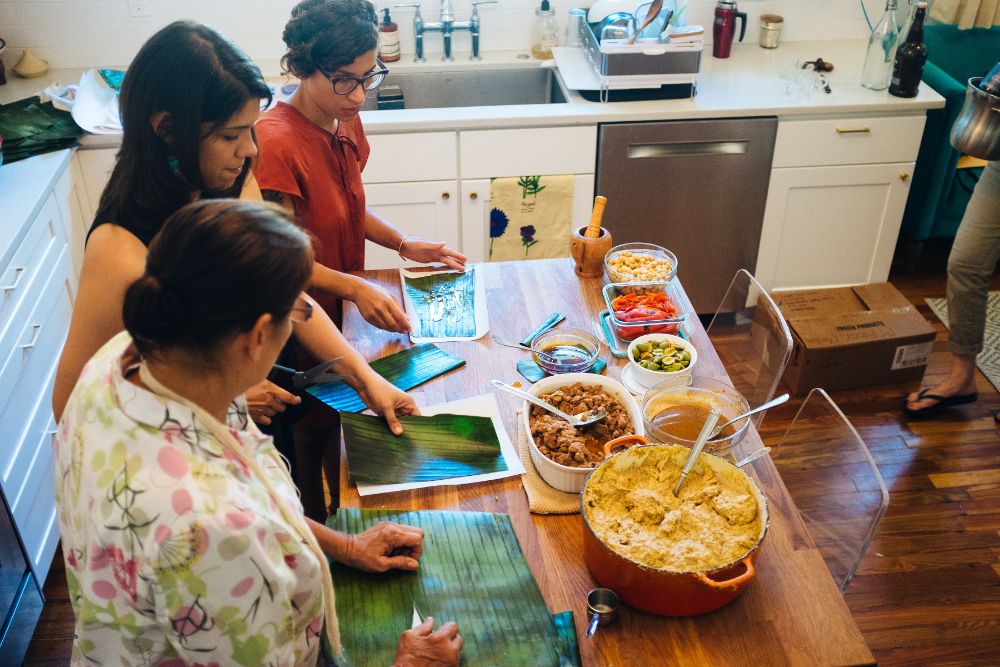
The pastel, a bundle of pork filling stuffed into a batter of grated root vegetables and wrapped in a banana leaf, is considered by many Puerto Ricans to be the dish most representative of their cocina criolla. This multicultural cuisine grew from the island’s native Taíno Indian roots and was later influenced by the Spanish and Africans who have inhabited the island for the past 500 years.
It is the dish that Puerto Ricans crave most when they move away from their island home and it incorporates many of the ingredients that are unique to the island’s cuisine: sofrito, an aromatic base that is used as the jumping off point for many recipes; achiote, a seed that lends a warm reddish hue and subtle flavor; and sazón, a seasoning salt that is ubiquitous in Puerto Rican cooking.
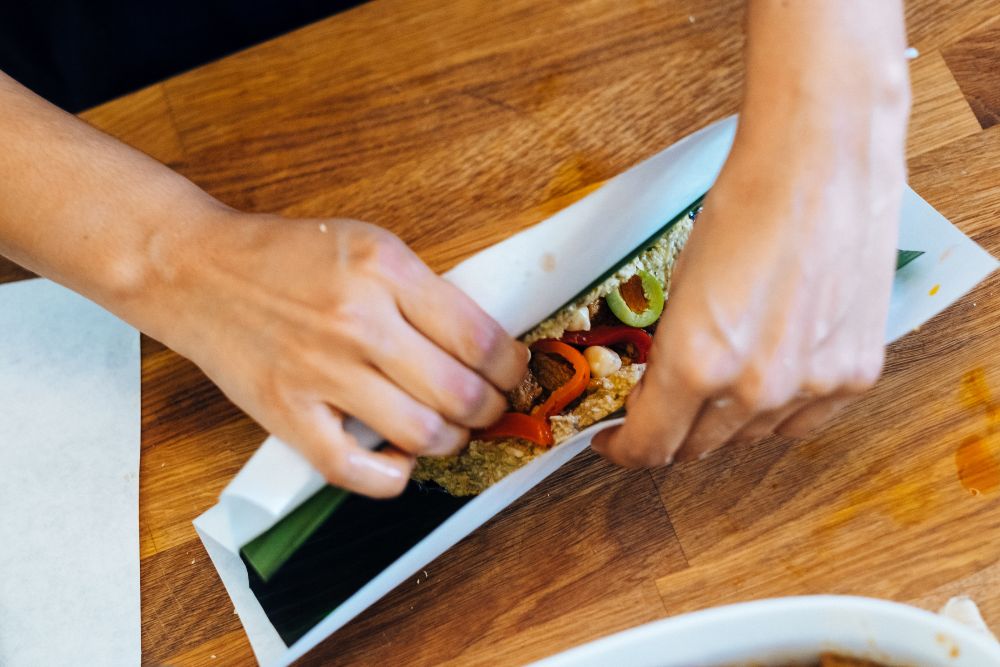
Making pasteles is a tradition passed down through the generations, and has long been Libna’s domain. This year, Leslie wanted to learn her mother’s technique for making this special holiday dish. The process of making pasteles starts at least a day in advance with shopping and prepping ingredients. The next day is a full day of cooking, with family and neighbors coming in and out of the kitchen to lend a hand, all the while sipping coquito, coconut-based eggnog that boasts a hefty dose of white rum.

Libna starts by toasting the banana leaf wrappers over an open flame until glossy and pliable. She recruits Leslie to make the dough, a starchy mix of grated root vegetables that has a slight reddish tint from the achiote oil. Finally, Libna neatly arranges her signature filling ingredients in a row: pork, chickpeas, strips of roasted red pepper and green olives. Once the elements are laid out everyone falls into an assembly line, first brushing the banana leaf with achiote oil, then filling it with the starchy dough. The juicy pork and other filling ingredients are added, then each pastel is packaged into a neat little green packet tied tightly with string that would seem right at home under the holiday tree. It takes practice to get the packets just right, and Libna guides Leslie the first few times until the technique is perfected.
During the Nochebuena celebration, the evening revolves around a sprawling buffet that includes the revered pasteles along with arroz con gandules (rice with pigeon peas), succulent lechón (roast pork), a simple green salad and pastelillos (fried empanadas). Libna surveys the spread, confident that her holiday cocina criolla traditions will survive another generation.
